Safe Termite Control: Eco-Friendly Solutions for Homes and Pets
Termites pose a significant threat to structures, requiring effective yet safe termite control metho…….
Termites are a significant concern for homeowners and property managers worldwide, as they can cause extensive damage to structures without immediate detection. Termite control and monitoring (TCM) represent a critical field of study and practice, focusing on the prevention, detection, and management of termite infestations. This article delves into the complexities of TCM, exploring its scientific underpinnings, economic implications, and technological advancements. Readers will gain insights into how TCM impacts various sectors, including agriculture, construction, and environmental conservation, and why staying abreast of its developments is essential for safeguarding properties and ecosystems.
Termite control and monitoring encompass a range of strategies aimed at managing and preventing termite activity. These include detection methods, such as bait systems and soil treatments; control measures like chemical barriers and physical removal; and ongoing monitoring to ensure that termites do not re-establish themselves. The historical context of TCM dates back to early agricultural practices where farmers sought ways to protect their crops from these pests. Over time, the field has evolved, incorporating advanced technologies and ecological understanding to provide more effective and environmentally conscious solutions.
Termites are present on every continent except Antarctica, affecting both urban and rural areas. The global impact of termites is immense, with annual damages estimated in the billions of dollars. In tropical regions, for instance, termites play a crucial role in nutrient cycling and forest succession. However, their activity can be detrimental to human-made structures. Trends in TCM reflect a growing need for sustainable and efficient methods that consider both the ecological role of termites and the necessity to protect human assets. The use of Integrated Pest Management (IPM) systems is becoming increasingly prevalent, emphasizing a combination of strategies that are adaptable to different environments.
TCM has significant economic implications. The cost of termite damage worldwide is substantial, with residential and commercial properties being particularly vulnerable. The pest control industry directly benefits from advancements in TCM, as effective solutions mean more business opportunities. Conversely, the agricultural sector loses millions due to crop damage. Economically, TCM contributes to job creation in both rural and urban areas, supporting a variety of professions from entomologists to pest control technicians. Moreover, investment in research and development within this field can lead to economic diversification and innovation.
Recent technological advancements have revolutionized TCM. Innovations such as advanced detection devices, improved monitoring systems, and targeted treatment methods have significantly increased the effectiveness of TCM efforts. The integration of artificial intelligence (AI) and machine learning algorithms allows for more precise prediction of termite activity and infestation patterns. Future potential includes the development of biodegradable termiticides, genetic engineering to create termite-resistant wood, and enhanced remote sensing technologies for early detection.
Policies and regulations governing TCM are diverse and often region-specific, reflecting the varying levels of threat posed by termites across different areas. International bodies like the Food and Agriculture Organization (FAO) provide guidelines for sustainable TCM practices that protect both human assets and the environment. National and local governments enforce regulations that dictate the types of chemicals used, the methods of application, and the training required for pest control operators. These frameworks are critical in ensuring that TCM practices are not only effective but also safe and environmentally sound.
TCM faces several challenges, including resistance to chemical treatments, environmental concerns over the use of certain termiticides, and the need for more research into eco-friendly alternatives. Critics argue that some TCM practices are not sustainable due to their reliance on non-renewable resources or potential harm to non-target species. Solutions to these issues involve the development of integrated solutions that combine physical, biological, and chemical strategies. Additionally, public education campaigns aimed at raising awareness about termite prevention and control play a crucial role in reducing the impact of termite infestations.
Several case studies illustrate the successful application of TCM. For instance, in Australia, the use of always active (AA) baiting systems has significantly reduced the economic impact of termites on both residential and commercial properties. In the United States, the adoption of the Sentricon Always Active System has become a gold standard for subterranean termite control. These case studies provide valuable lessons on the importance of adaptive TCM practices, the necessity for ongoing research, and the potential for global collaboration in addressing this common challenge.
The future of TCM is promising, with a focus on sustainable, integrated approaches that combine biological control agents, advanced detection technologies, and smart treatment methodologies. The role of public-private partnerships will likely increase as stakeholders recognize the need for collaborative efforts to address the global challenge of termites. Emerging trends include the use of drones for monitoring termite activity, the exploration of natural predators to control termite populations, and the development of genomics-based strategies for pest management.
Termite control and monitoring represent a vital field that plays a significant role in protecting both human livelihoods and biodiversity. Through a combination of advanced technology, sustainable practices, and effective policy, TCM can continue to evolve and address the challenges posed by these ubiquitous insects. The future of TCM is one of innovation and collaboration, with the potential to make a significant impact on both the environment and the global economy.
Note: This outline provides a comprehensive overview of termite control and monitoring (TCM) from historical context to future prospects. Each section would be expanded upon with detailed information, data, and examples to create a full-length article or report.
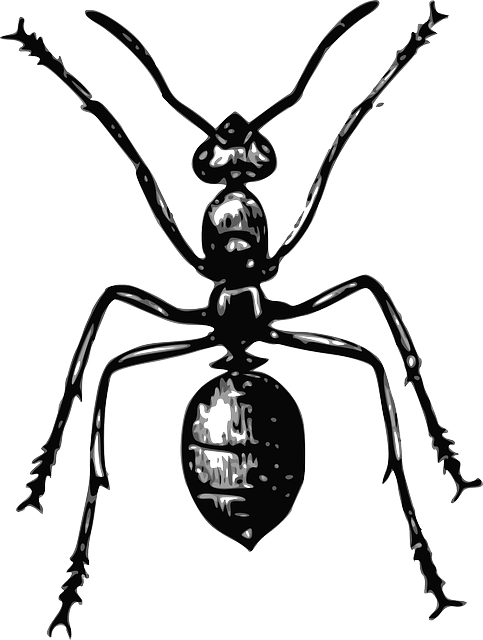
Termites pose a significant threat to structures, requiring effective yet safe termite control metho…….
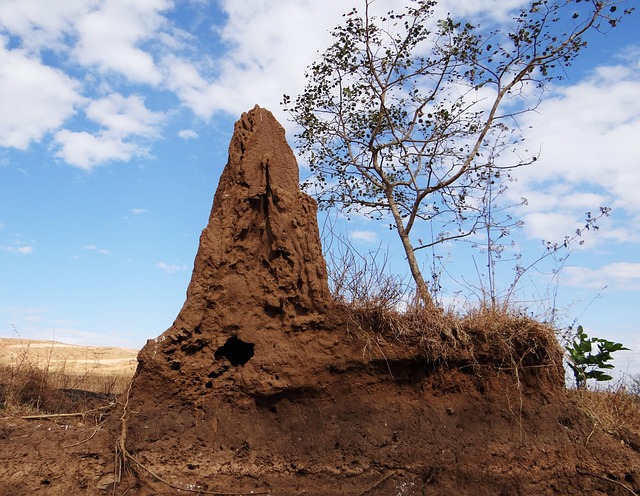
Termite damage, often overlooked, causes significant structural harm. Professional termite control s…….

Termite infestations pose significant risks to structures. Professional termite control services emp…….
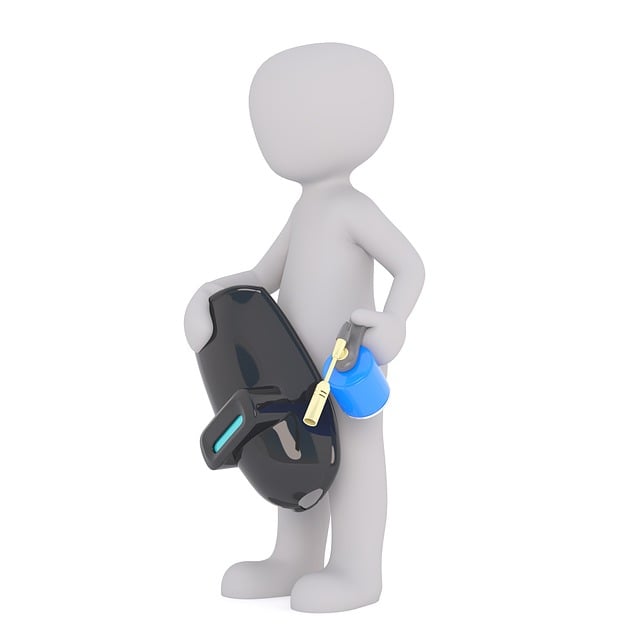
Termites pose a significant threat to homes and businesses, feeding on cellulose-rich materials like…….
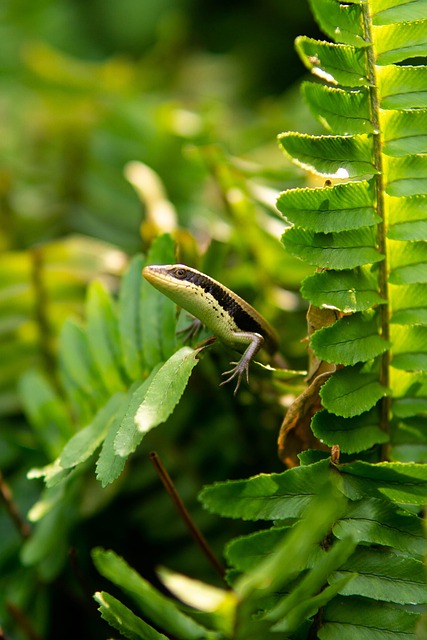
Termites can cause severe structural damage, making professional termite control essential. Certifie…….
Termites pose a significant threat to wooden structures, requiring professional termite control serv…….

Termites, silent destroyers of structures and ecosystems, are mitigated through sustainable practice…….
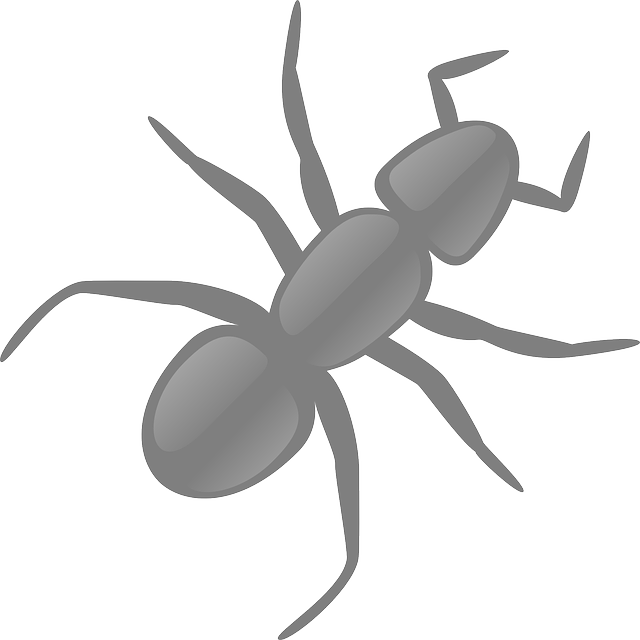
Termite barriers and advanced monitoring systems form the core of modern, effective termite control…….
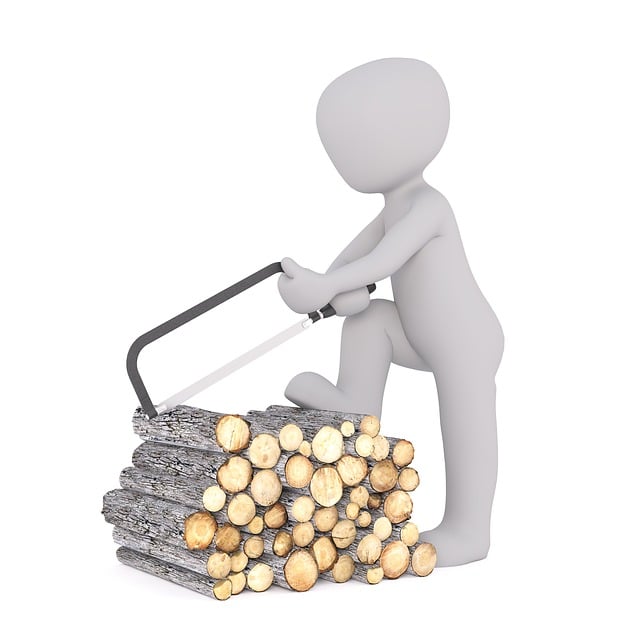
Professional termite control services offer robust protection through advanced termite monitoring sy…….